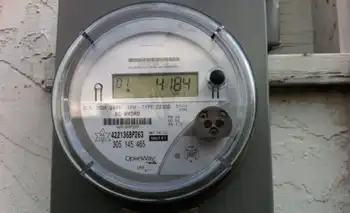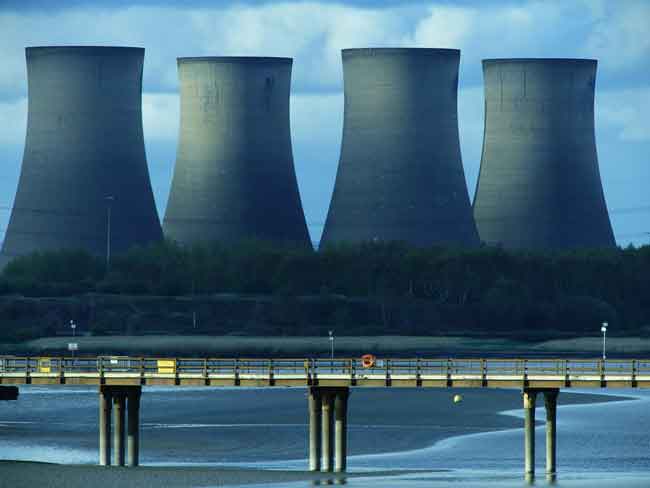Tidal power could provide 10 of U.S. power
By Los Angeles Times
CSA Z463 Electrical Maintenance
Our customized live online or in‑person group training can be delivered to your staff at your location.

- Live Online
- 6 hours Instructor-led
- Group Training Available
"We have demonstrated that our technology works, that it can survive in harsh ocean conditions and can deliver high-quality power to the grid," said Robert Lurie, a vice president of Ocean Power, which is based in Pennington, N.J.
Next spring, the company plans to anchor a larger power buoy in the waves off Reedsport, Ore., for further tests. The ultimate goal, Lurie said, is to build "multi-buoy wave farms" generating enough power to light 50,000 homes.
Tapping the tides is the latest niche in the search for affordable, renewable energy. Widespread use may be years off, but advocates say tides and other hydrokinetic systems, from ocean waves to free-flowing rivers, ultimately could meet up to 10 of America's electric power needs — more than hydropower dams now supply.
Pilot projects or studies are underway not only in Hawaii, but also in Washington's Puget Sound, in Alaska's Cook Inlet, off Florida, California, Oregon and Maine, in New York City's East River, along the Mississippi River and elsewhere.
"These are coastal resources, and most people live along the coasts," said Hoyt Battey, a water power expert at the U.S. Energy Department. "When you're talking about providing half the power of Alaska or Hawaii, or half the power of New York, that's significant."
For now, the technology for marine and hydrokinetic power remains in its infancy, and costs are prohibitive. Ireland, Denmark, Portugal, South Korea, China, Australia and other nations have been testing the waters for years. Commercial operations are rare.
"It's much more difficult to do things underwater than on dry land," said Robert Thresher, research fellow at the National Renewable Energy Laboratory in Golden, Colo. "The water tears stuff apart. There's fish, rust, foulingÂ… all kinds of problems."
In Washington state, the Snohomish County Public Utility District plans to install two large turbines to gather tidal data half a mile offshore and 200 feet deep in Admiralty Inlet in Puget Sound."We would hope to operate for three years and then make a decision on whether to expand," said Craig Collar, project manager.
Canada is investing $75 million for three pilot projects in the upper Bay of Fundy, home to the world's highest tides. The first test turbine weighs 400 tons, has a peak capacity of one megawatt and looks like a sunken windmill.
However, in California, the industry has struggled to gain a foothold. Last month, Pacific Gas & Electric Co. suspended a proposed $50-million pilot project for wave energy near Eureka, citing the difficulty of obtaining permits and the high cost of development.
"It was a substantial investment for an unproven technology," said PG&E spokesman Brian Swanson. He said the utility still was considering a 100-megawatt project in the ocean off Vandenberg Air Force Base, near Santa Barbara. "We are very committed to wave energy," he said.
In theory, the U.S. resource is immense. Waves and currents are relatively reliable in some areas, and tides ebb and flood twice a day like clockwork. They thus are more predictable resources than wind or solar power.
Unlike wind, however, tides with sufficient range and velocity run only in the nation's northeastern and northwestern corners, mostly Maine and Washington, plus Alaska. Waves are consistently high only on the Pacific coast north of Point Conception, Calif., and in Hawaii.
Several developments suggest a surge of U.S. interest, however. The Federal Energy Regulatory Commission reported this month that it has issued 140 hydrokinetic preliminary permits for proposals to tap tides, waves or river currents, up from a handful a few years ago. In many cases, officials said, applicants are staking claims in case the technology takes off.
In September, the Energy Department awarded $37 million in matching grants for the first time to companies with the most promising prototypes or that appeared close to commercial service.











